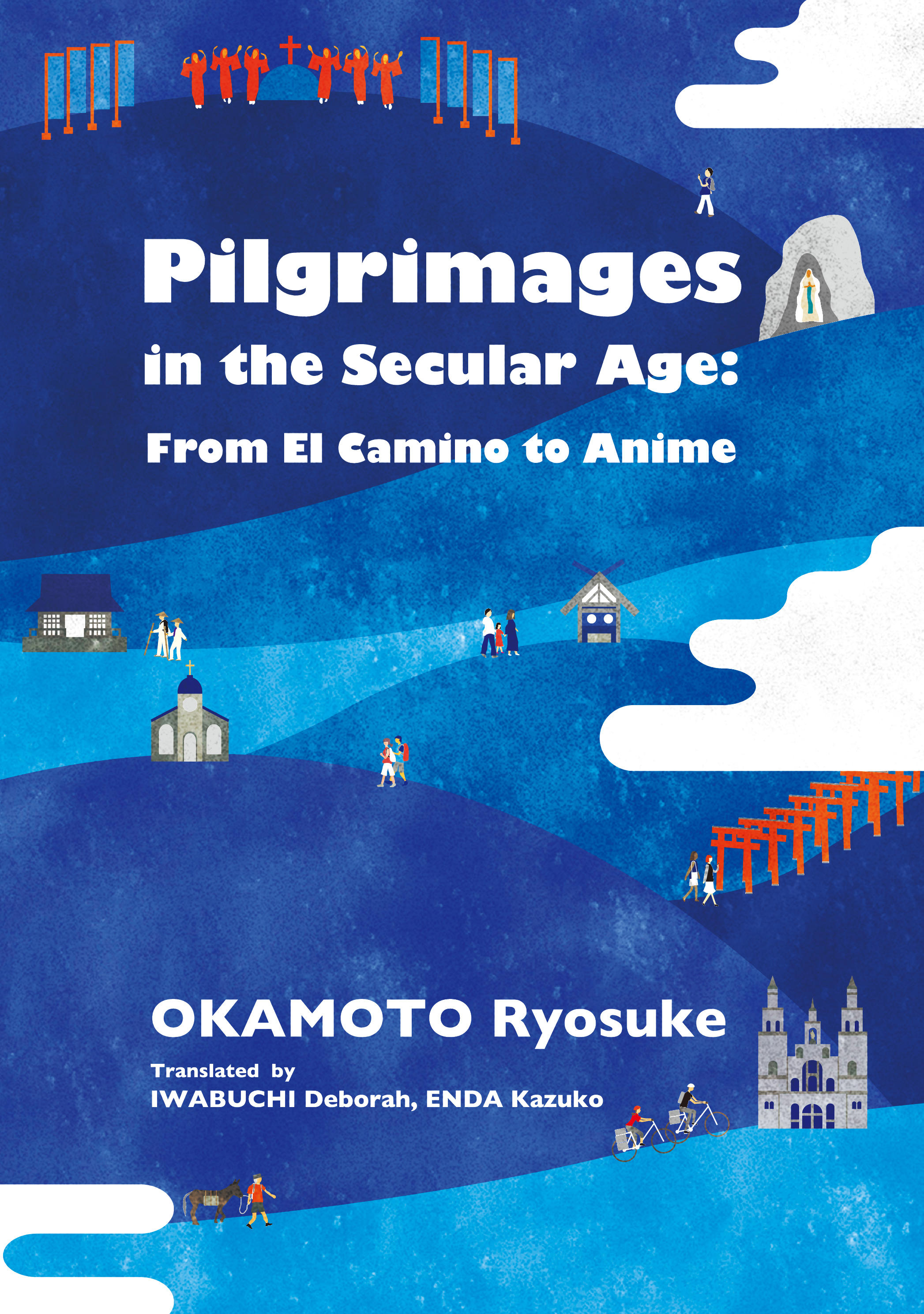Religion and tourism seem to be an unlikely pair, but in fact, taking a look at these two human behaviors provides invaluable insight into modern society.
In the past, holy sites were of immense importance to those who followed a particular religion, and these places used to attract many faithful pilgrims. These days, however, people without faith visit holy places simply to experience something out of the ordinary. Furthermore, many places without any connection to religion are being called “sacred” and attracting people’s interest. What really drives people there, and what do people want to gain from the experience?
In this informative book, the author discusses various pilgrimages in order to shed light on new types of religious views and faiths that have come into being in the twenty-first century. The book explores the Santiago pilgrimage in Spain; the eighty-eight temple pilgrimage in Shikoku, Japan; B-grade tourist spots; so-called “power spots”; sacred anime sites; and much more.
Through examining these places and the people who visit them, the reader will experience a shift in perspective and discover that in this secular age, holy places are no longer supported by religions and doctrines alone. The interchanges between a place and its community of people are what make a place holy. People are placing more importance on the shared image and experience expected to be had there.
This is a must-read for researchers investigating the link between tourism and religion and how the two influence each other.



